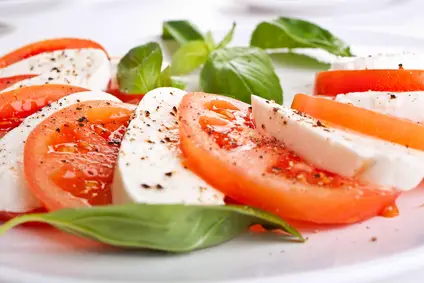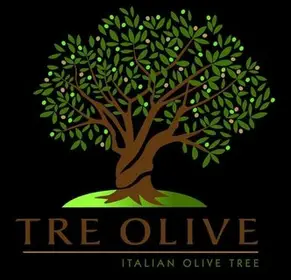Think of extra virgin olive oil as a fine wine enhancing the enjoyment of the foods you eat

Many people don’t realize that gourmet olive oil is in fact, a lot like wine — and easily as expensive for some of the best “liquid gold”.
Olive oil varies widely in taste and price, depending on where it’s from and who made it. Spain is the largest producer of olive oil, and Italy the most famous. But every country in the Mediterranean proudly bottles its own. Each one has unique characteristics of flavors that are derived from the growing conditions, just as wine — and sampling these olive oils to better know what foods it may enhance is also similar to that of wine tasting.
Gourmet olive oils are primarily Extra Virgin — the best and most expensive oil. All virgin olive oils are obtained only from the olive, the fruit of the olive tree, using solely mechanical or other physical means, in conditions, particularly thermal conditions, which do not alter the oil in any way. They have not undergone any treatment other than washing, decanting, centrifuging, and filtering. This excludes oils obtained by the use of solvents or re-esterification methods, and those mixed with oils from other sources. Extra virgin olive oil accounts for less than 10% of oil in many producing countries. This is the highest quality of olive oil. Note that extra virgin olive oils vary widely in taste, color, and appearance. Their taste and aroma should reflect the fact that they were made from olives and have some positive attributes (that is, they cannot be totally tasteless).
Here is a basic profile of olive oil flavors:
Intense: Full-Bodied & Earthy. Strongly-flavored, big oils for those who like full flavor and rich mouthfeel. Think of a heavy Cabernet. Can have a peppery punch as well. Best used with strong-flavored foods.
Robust: Fruity & Peppery. More olive flavor, more verdant flavor, very often accompanied by a peppery aftertaste. Best used with pasta dishes, robust soups, or as a finishing drizzle.
Moderate: Smooth & Buttery. Luscious, fruitier oils that retain a sense of delicacy; best used on salads, vegetables, poultry.
Moderate: Fruity & Herbal. These are herbal, grassy oils. Delicious on anything but especially with vegetable, pasta and seafood dishes.
Mild: Subtle & Nuanced. Delicate olive oils with slight complexity; best used for the lightest dishes, such as grilled white-fleshed fish, fresh mozzarella or an Insalata Caprese.

Again, these are basics, as there are so many factors that go into the making of a great olive oil as there are in the process of a great wine.
Keep these simple yet important rules for using olive oils in mind. If you are not going to heat the oil and use it in a salad or as a garnish, use the good stuff such as an Extra Virgin Olive Oil. If you plan on heating it to cook or saute proteins or vegetables, then use something that is a lower grade and cheaper.
Besides the flavorful enjoyment, the health benefits of olive oil seems endless — from outer to inner wellness, especially within a Mediterranean diet. For more info purchase our eBook: The Mediterranean Diet Lifestyle.
In the spring and summer especially, when fresh ingredients abound, there’s an incomparable way to simultaneously simplify and elevate your cooking routine:
1- Open a bottle of high-end olive oil.
2- Drizzle it on just about anything.
3- Add salt and pepper to taste.
4- Eat and repeat.
Buon appetito!
Care to adopt your own olive tree in Calabria? Here’s a unique opportunity… Tre Olive
 Visit the Tre Olive website to learn more about the family, the groves, the mill, and the process of harvesting. Adopt a tree or order some of their exceptional oils such as Early Harvest and Signature Estate extra virgin olive oil – as well as infused oils, olive oil soap and gift packages sure to please.
Visit the Tre Olive website to learn more about the family, the groves, the mill, and the process of harvesting. Adopt a tree or order some of their exceptional oils such as Early Harvest and Signature Estate extra virgin olive oil – as well as infused oils, olive oil soap and gift packages sure to please.
